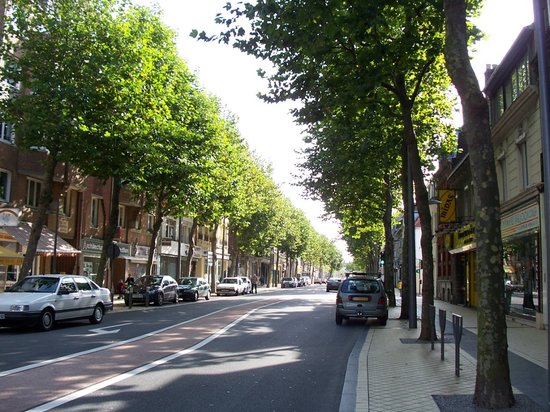Why Trees Make For Safer Streets
Urban Forestry is a growing trend in cities looking to actively clean their air and water while making streets aesthetically pleasing for pedestrians, bike riders, and drivers as well. While I could list any number of benefits trees in urban areas have been shown to produce, there was one advantage that I didn't expect to see: safer, more eco friendly cars driving through cities.
Now, you might be wondering how trees help to slow drivers down and create an atmosphere where greener cars and greener driving habits prevail. It's quite simple; trees help create a natural, visual wall that drivers are constantly aware of. Imagine, for a moment, that you are driving down a deserted highway with nothing but flat land in every direction. An open road, if you will. Even if you're generally a safe driver who abides by all the rules of the road, it's easy to rationalize that driving 5 MPH above the posted 65 MPH speed limit, on a highway with no one in sight, won't hurt anyone and will only get you to your destination faster. So you speed up to 70 MPH, turn up your radio a notch, and get comfortable for the rest of the ride.
Without any trees lining the streets of a city, there is very little differentiation between the sidewalk and the road ahead of you, minus a curb or street light. This is the thought process behind tree-lined roads, a product of the Urban Forestry movement. Not only do trees that line sidewalks and streets make a safer pedestrian environment, but that same "wall" of trees helps to slow drivers down and reduce emissions, a win-win situation for all. Not to mention that instead of speeding up quickly in these pedestrian-friendly areas, drivers could be saving money on gas by accelerating slowly.
Next time you drive through your city, take a look at the trees around you. You might not have realized the effect they've had on your driving habits.

